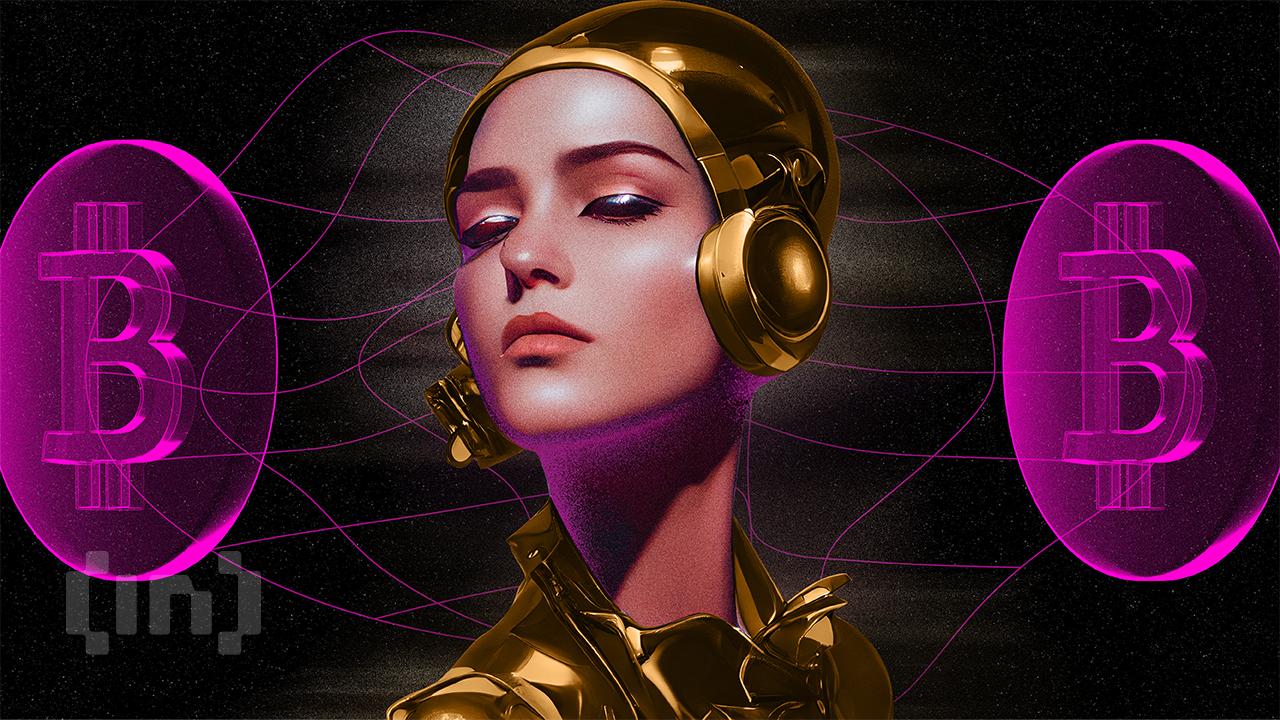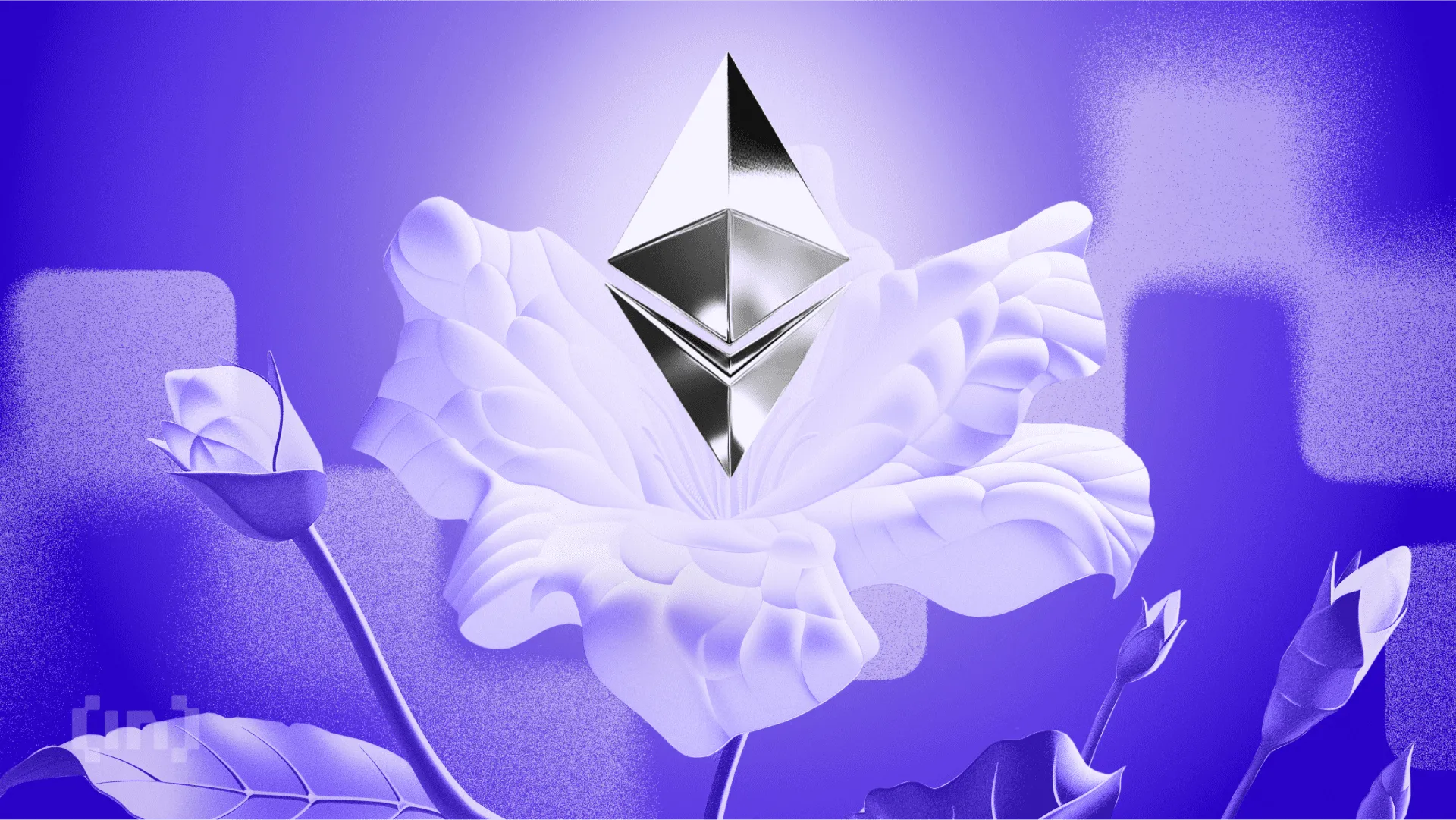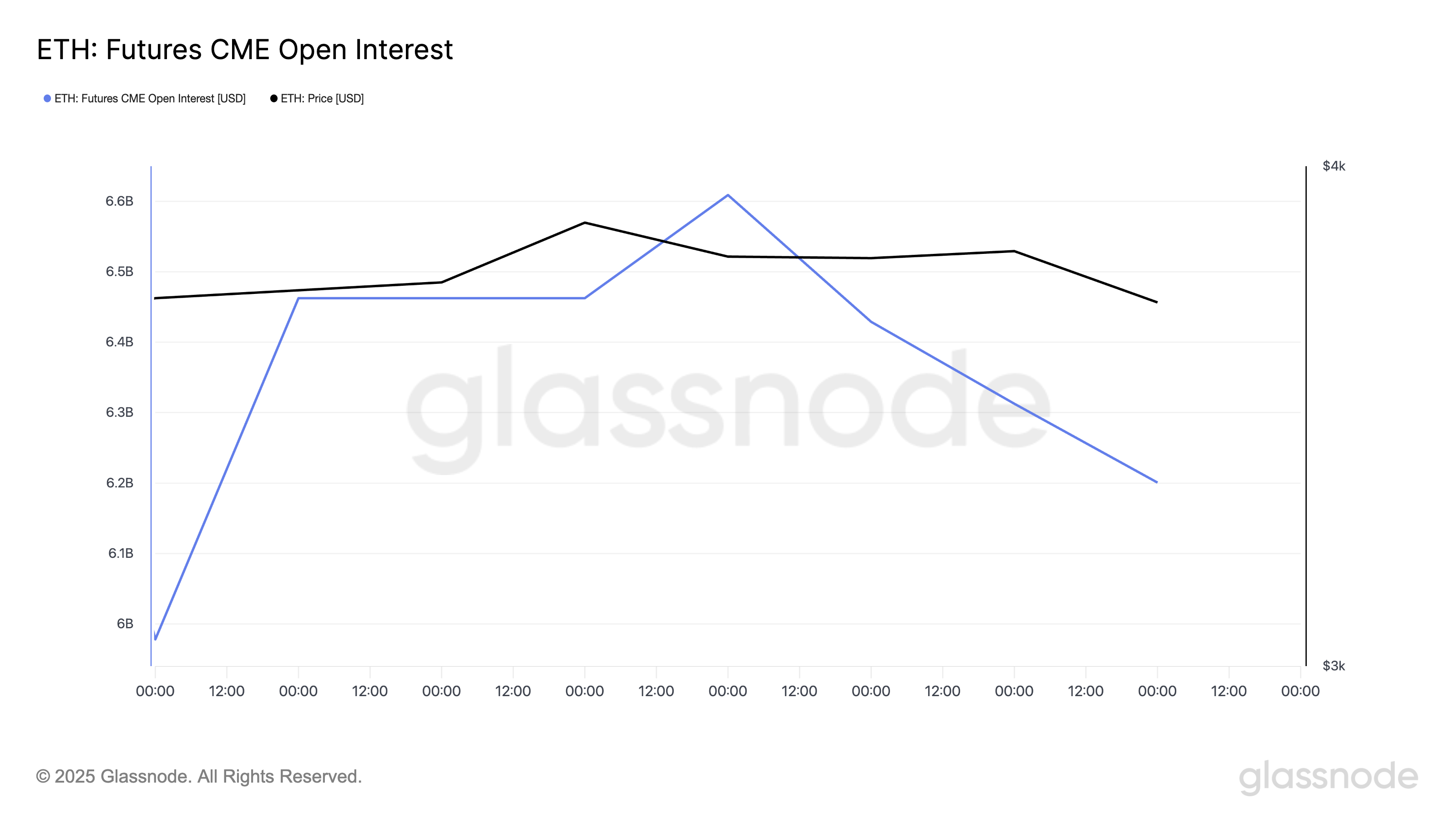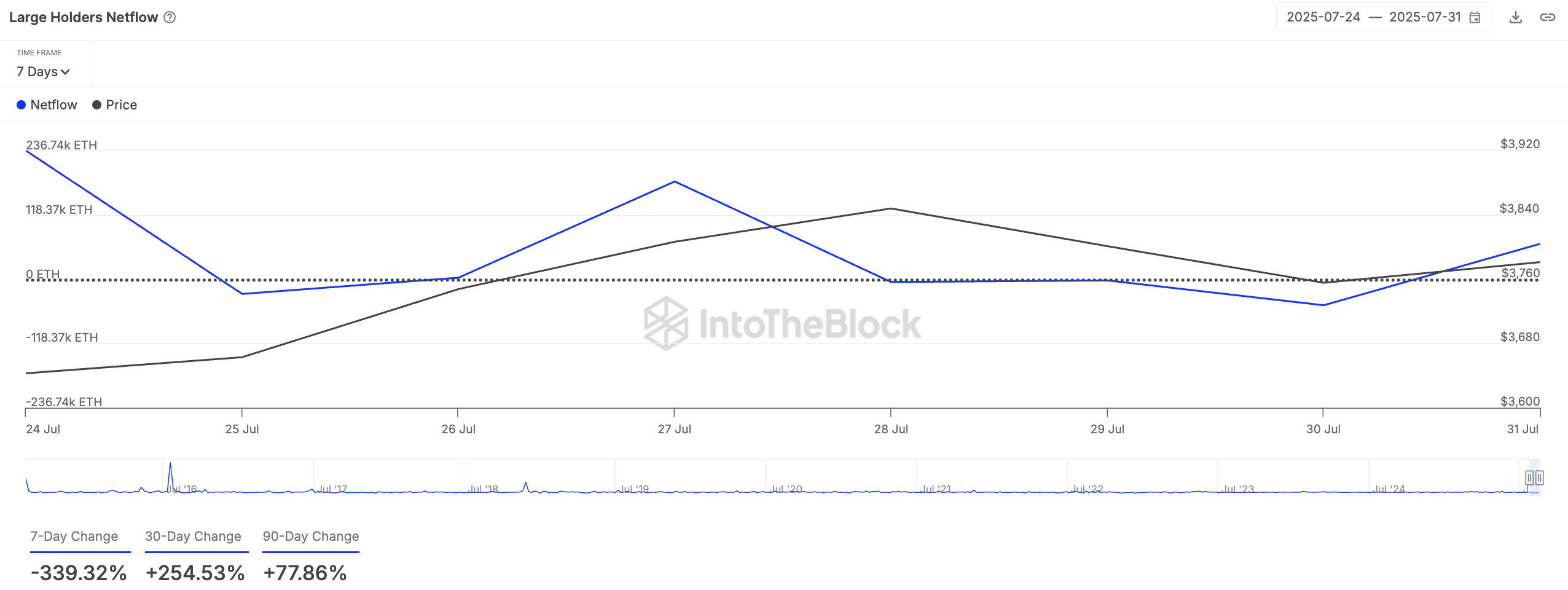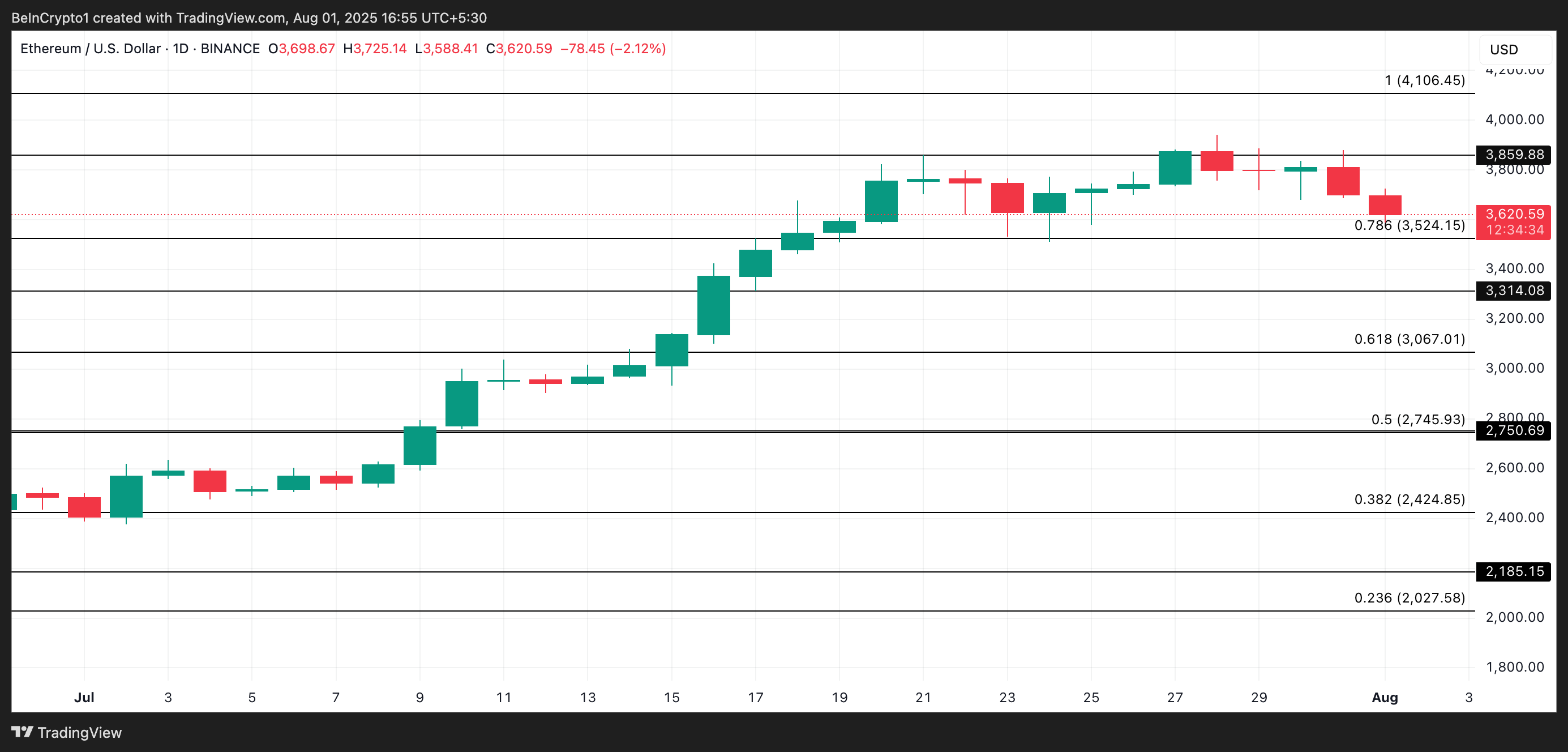The first week of August has kicked off with a slowdown in global cryptocurrency market activity. Over the past seven days, the total market capitalization has dipped by over 5%, reflecting reduced trading momentum and a more cautious investor sentiment across major digital assets.
Despite the broader market cooldown, Nigeria’s retail crypto community continues to show dynamic interest. Here are the top three trending cryptocurrencies in the region based on online engagement over the last 24 hours:
CORE
Layer-1 (L1) coin CORE has emerged as one of the trending altcoins in Nigeria today. At press time, the token trades at $0.46, indicating a 3% decline over the last 24 hours.
During this period, CORE’s trading volume has declined by over 5%, pointing to waning market participation and a weakening demand trend.
When price and trading volume fall simultaneously, it signals a loss of momentum from market participants. This trend suggests that investors may be sidelining CORE due to market uncertainty or lack of confidence in its short-term gains.
Readings from the CORE/USD one-day chart show the asset struggling below a key resistance level at $0.47. If selling pressure intensifies, CORE could fall lower and slide toward its next major support floor at $0.33.
For token TA and market updates: Want more token insights like this? Sign up for Editor Harsh Notariya’s Daily Crypto Newsletter here.
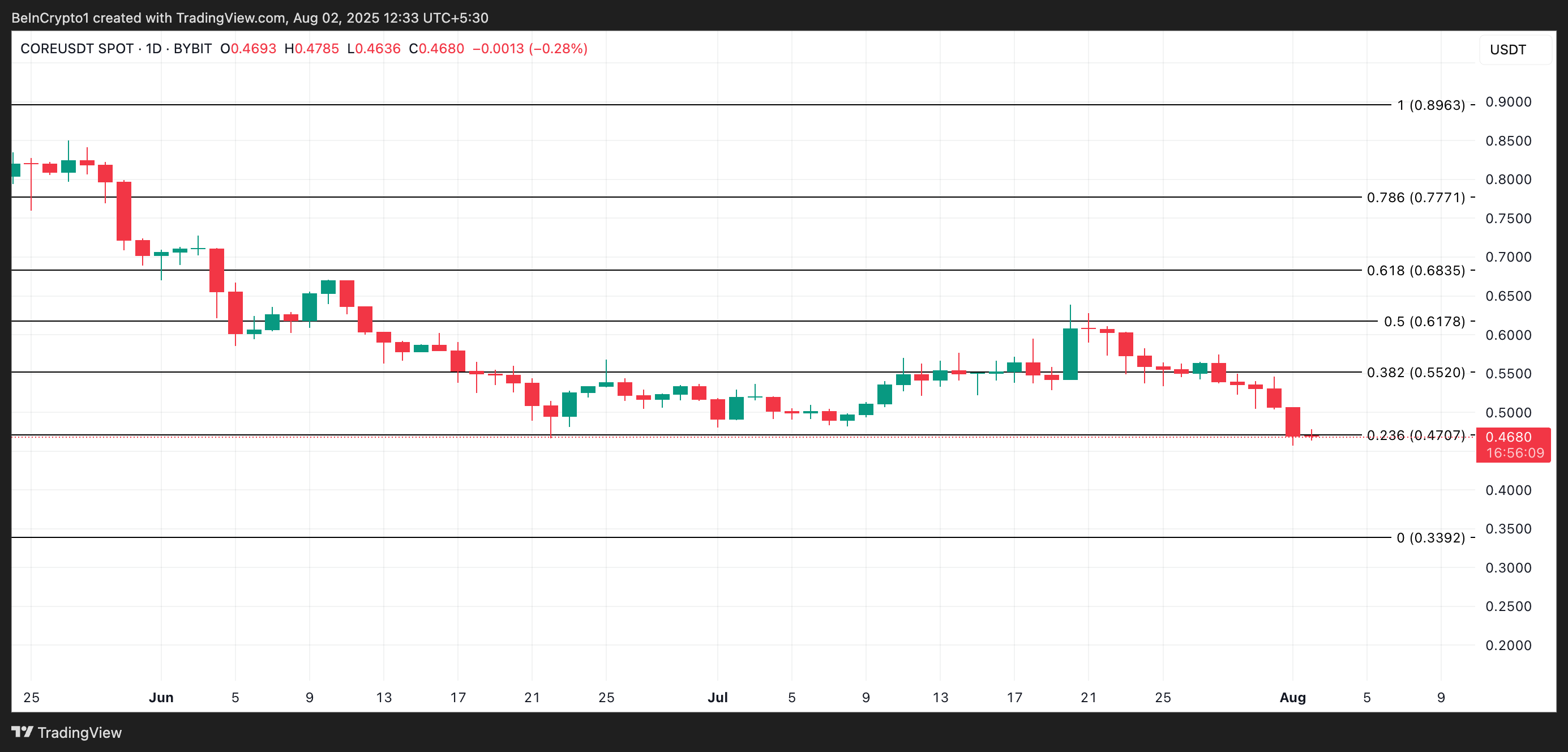
However, if new buying interest resurfaces, the token could reclaim upward momentum and push toward $0.55, flipping the current resistance into support.
Treasure (MAGIC)
Artificial intelligence-based token MAGIC is another altcoin trending among Nigerian traders today. Unlike many other altcoins caught in the current market slump, MAGIC has bucked the broader downtrend to post a 26% price surge in the past 24 hours. At press time, the token trades at $0.18.
Price chart readings suggest that this rally is driven by genuine buying interest rather than short-term speculation. MAGIC’s positive Balance of Power (BoP), which currently sits at 0.34, confirms this.
The BoP indicator measures the relative strength of buying versus selling pressure in the market. When BoP is in positive territory during a rally, it suggests significant bullish sentiment, a sign of a healthier upside.
If this bullish pressure persists, MAGIC could build on its current momentum and rally toward $0.21, which it last touched in early July.
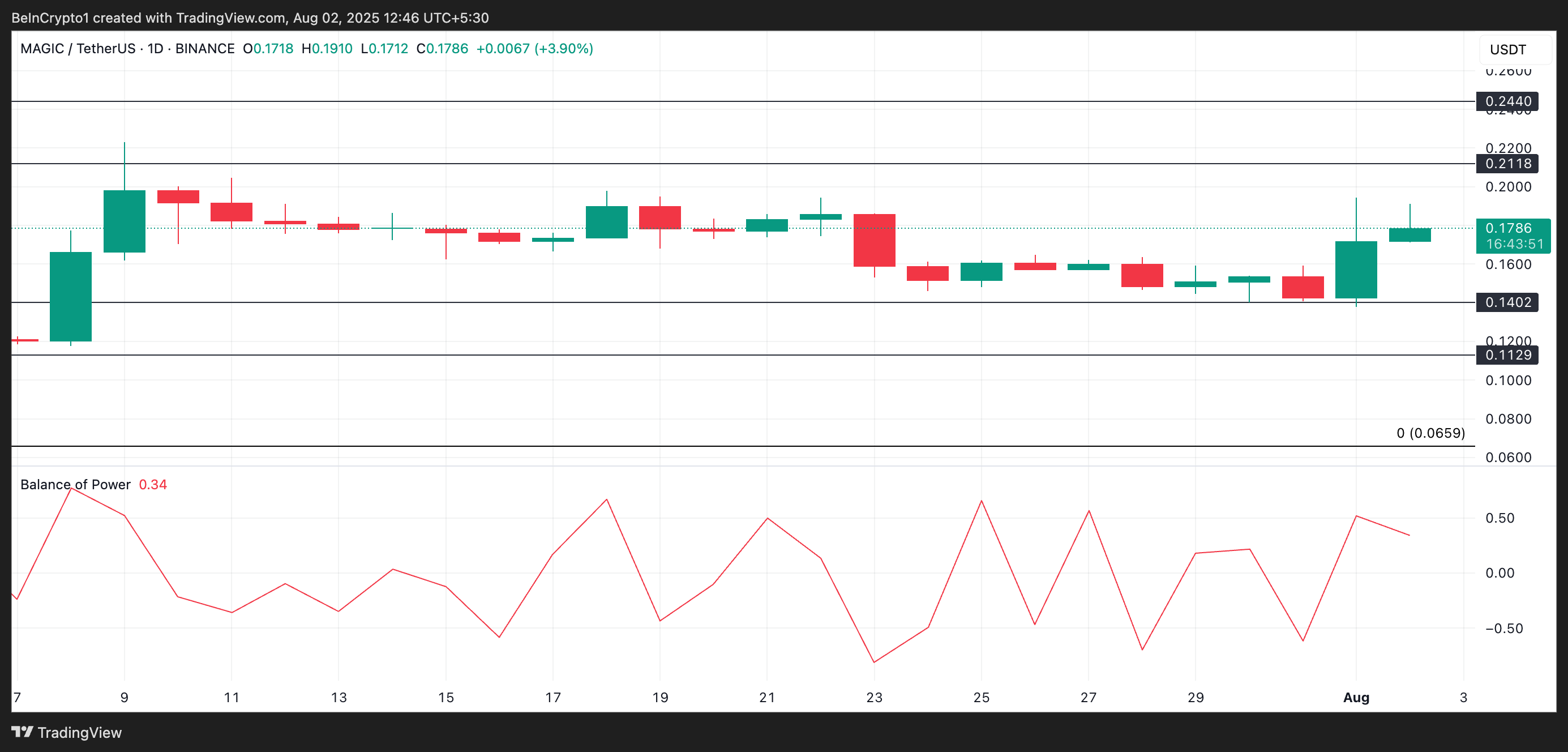
However, if profit-taking kicks in, the altcoin may face a reversal, with price potentially retracing to a lower support level around $0.14.
Dogecoin (DOGE)
Top meme coin DOGE is one of the trending altcoins in Nigeria today. Since it peaked at a cycle high of $0.28 on July 21, the token has lost 10% of its value. The meme coin trades at $0.19 at press time, down 5% over the past day.
On the daily chart, the token’s falling Relative Strength Index confirms the sustained selling pressure. As of this writing, the momentum indicator is at 40.64 and declining.
The RSI indicator measures an asset’s overbought and oversold market conditions. At 41.10 and falling, DOGE’s RSI shows that the altcoin faces reduced buying pressure from investors and risks further price declines as demand wanes.
If demand leans over the next few trading sessions, DOGE could witness a deeper price correction, causing its value to plunge below $0.17.

However, DOGE could reverse its downtrend and climb toward $0.23 if the bulls regain dominance.
The post Top 3 Altcoins Trending in Nigeria in the First Week of August appeared first on BeInCrypto.


